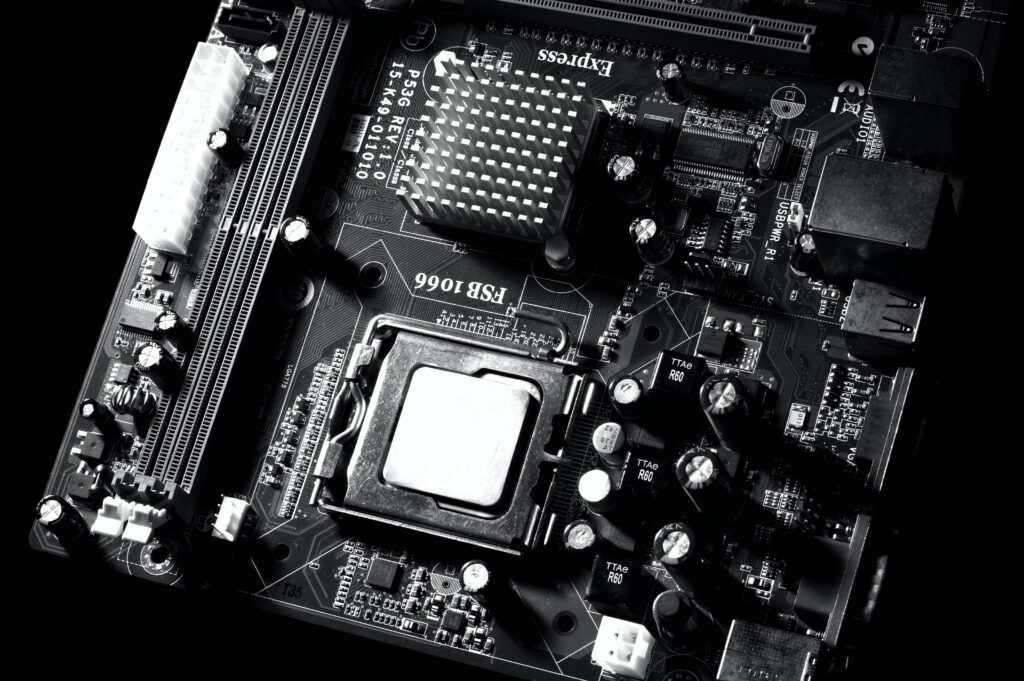The temperature range of a CPU, is an important factor. CPU is maintaining the optimal performance and longevity of a computer system. CPUs generate heat during operation, and excessive temperatures can lead to reduced performance, stability issues, and even permanent damage to the CPU. Therefore, it’s crucial to understand the appropriate temperature range for a CPU to ensure it operates within safe parameters.

The temperature range of a CPU depends on several factors. It includes the specific model of CPU, the cooling solution used, the workload and usage pattern of the CPU. The environmental conditions in which the computer system is located. However, as a general guideline, most CPUs are designed to operate within a temperature range of 30°C to 80°C (86°F to 176°F). This temperature range is considered safe for most consumer-grade CPUs. Staying within this range is crucial for optimal performance and reliability.
At the lower end of the temperature range, CPUs may operate at temperatures as low as 30°C (86°F) when idle or under light loads. However, it’s worth noting that operating a CPU at extremely low temperatures for extended periods of time may not be ideal. It can cause issues such as condensation and thermal cycling. Which can lead to wear and tear on the CPU and other components.
At the upper end of the temperature range, CPUs can safely operate at temperatures up to 80°C (176°F) under heavy loads. Such as during intense gaming or CPU-intensive tasks like video rendering. However, prolonged operation at temperatures close to or exceeding the upper limit. It can increase the risk of thermal throttling, where the CPU automatically reduces its clock speed to prevent overheating, resulting in decreased performance.
It’s important to note that the temperature readings reported by software monitoring tools. It may not always be accurate, as they can be affected by factors such as sensor placement, thermal paste application, and CPU power management features. Therefore, it’s advisable to refer to the CPU manufacturer’s specifications and guidelines for the recommended temperature range for a specific CPU model.
To maintain a CPU temperature within the safe range, it’s essential to have an adequate cooling solution in place. Most modern CPUs come with a stock cooler, which is typically sufficient for normal operating conditions. However, for heavy usage scenarios, such as gaming or overclocking, an aftermarket cooler may be necessary to ensure proper cooling. Aftermarket coolers can include options such as air coolers, liquid coolers, or a combination of both. Their performance can vary depending on factors such as size, fan speed, and radiator design.
In addition to the cooling solution, proper airflow inside the computer case is also crucial in maintaining optimal CPU temperatures. Ensuring that fans are clean and functioning properly, and that air intakes and exhausts are clear of dust and obstructions. It can help prevent heat buildup and promote efficient cooling.
It’s also important to consider the environmental conditions in which the computer system is located. High ambient temperatures, poor ventilation, and exposure to direct sunlight can all contribute to increased CPU temperatures. Therefore, it’s advisable to place the computer system in a well-ventilated area with adequate airflow and away from direct sunlight.
Regular monitoring of CPU temperatures is also recommended to ensure that the CPU is operating within the safe temperature range. There are numerous software tools available that can provide real-time temperature readings. It allows users to keep an eye on their CPU temperatures. Take appropriate action if temperatures exceed the recommended range.
In conclusion, the temperature range of a CPU should generally be kept within 30°C to 80°C for optimal performance and reliability. Factors such as the specific CPU model, cooling solution, workload, and environmental conditions can affect CPU temperatures. It’s important to monitor and maintain safe temperatures to prevent performance issues.